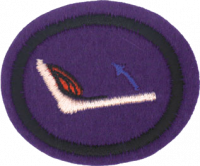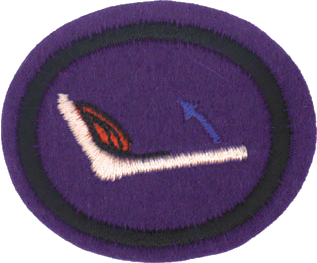AY Honor Bones, Muscles, and Movement Requirements
Skill Level
2
Year
1999
Version
29.12.2025
Approval authority
General Conference
1. What's the difference between exoskeletons and endoskeletons? Which type of skeleton do humans have?
2. List three functions of the skeletal system.
3. Is bone a living tissue? Explain why or why not.
4. Describe the structure and development of bone.
5. Identify the following bones of the skeletal system: Carpals, clavicle (collar bone), coccyx (tail bone), cranium, femur, fibula, humerus, mandible, maxillary bones, metacarpals, metatarsals, patella, pelvis, phalanges, radius, ribs, scapula (shoulder blade), sternum (breast bone), tarsals, tibia, ulna, and vertebrae.
6. What is a joint?
7. List three types of joints found between bones.
8. Name and describe six types of freely movable joints. Be able to locate an example of each of these in your body.
9. Be creative and construct a model of one of the six freely movable joints.
10. What is another name for a broken bone? List 3 types of breaks that can occur in bones. Describe how bones heal and how doctors can help this process.
11. What is osteoporosis? Who can get it? List at least 5 health habits that deal with maintaining healthy bones and muscles.
12. What is the function of the muscular system?
13. Name and describe three types of muscles tissue, Give one example of each.
14. Be able to identify the following muscles on your body: Masseter, Trapezius, Deltoid, Pectoralis, Biceps, Abdominal, Quadriceps,Triceps, Latissimus dorsi, Gluteus maximus, Hamstrings, Gastrocnemius, and Soleus.
15. Describe the process that causes a muscle to contract.
16. Describe the difference between voluntary and involuntary muscles.
17. Using your model in #9, show how muscles, bones, and joints work together to produce movement.
18. Find 3 texts in the Bible that mention bones and/or muscles. Tell about each one in your own words.


